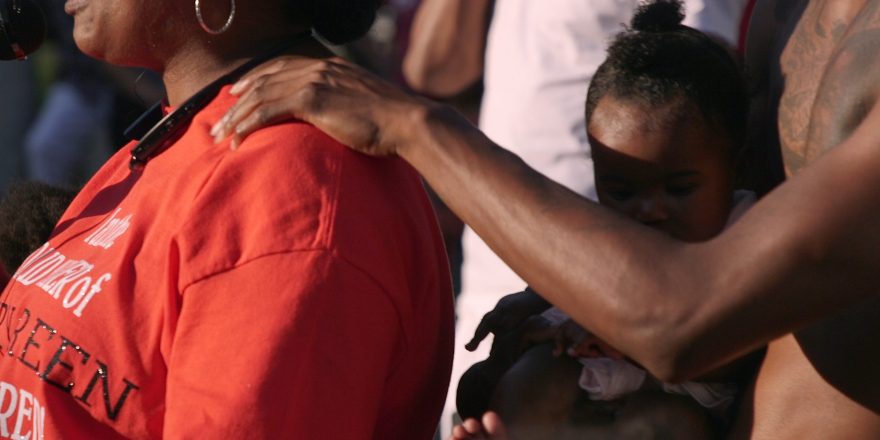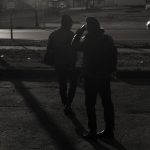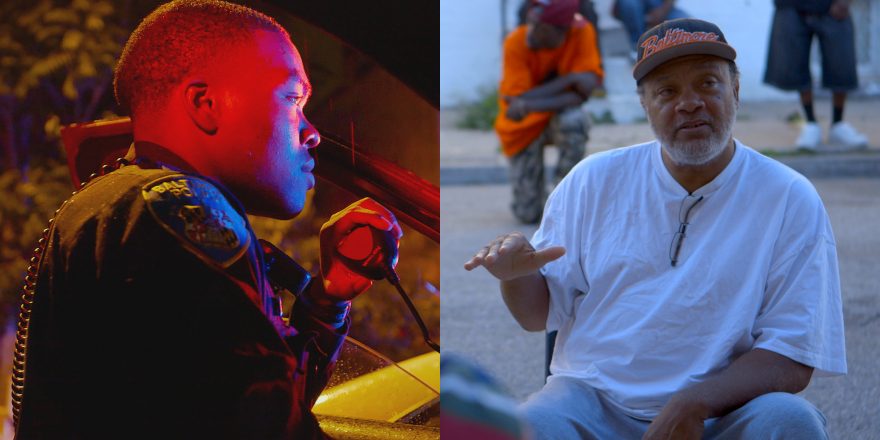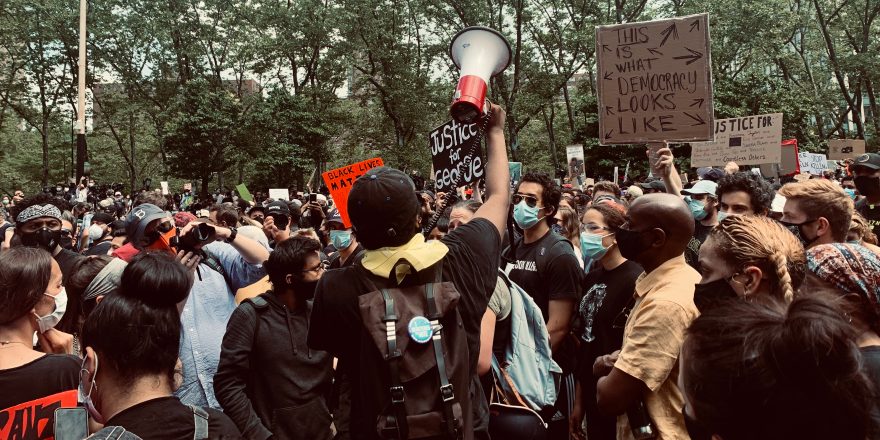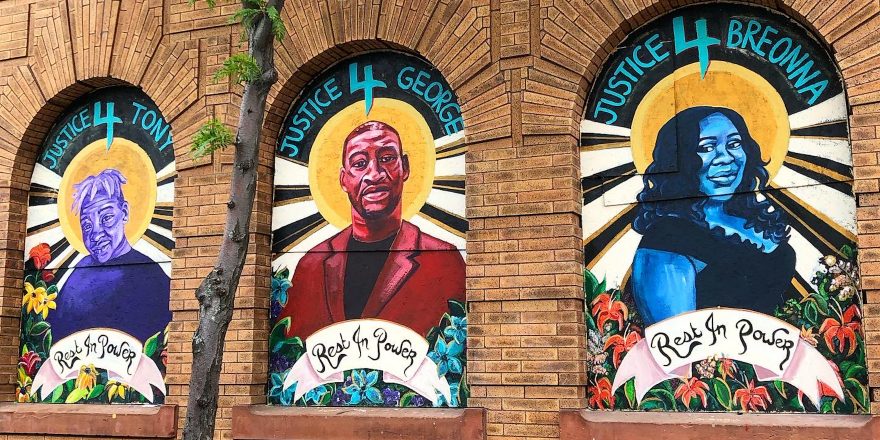Columbus, Ohio, is a driving city, but most of the main government buildings – where prosecutors and police officials work, and where people protest – are within a short walk of one another. Its criminal court rooms are like a lot of other ones in the U.S.: cameras only show up when there’s someone on trial who has already made headlines. By the time Melissa was in one of those courtrooms, she had already been following the story unfolding there for nine months: for the first time in 20 years, a Columbus police officer was charged with murder after killing a community member while on duty.
The story the two of us collaborated to tell would not dwell on the spectacle in the courtroom. We came from different backgrounds – Melissa is a journalist and author and Ingrid a filmmaker and multidisciplinary artist – but each wanted to show the human impact of police violence in the day-to-day life of Columbus. We were more interested in what was left behind, left out: the family’s subjective experiences. After Columbus police had killed mostly young Black men without facing criminal penalties for decades, a Black officer who killed a young white woman was now on trial. What did this mean for the family of the victim, Donna Dalton? And did it make a difference for the families of so many other victims – like Henry Green and Tyre King, both killed in the summer of 2018 – who felt they never got justice? In truth, much had stayed the same.
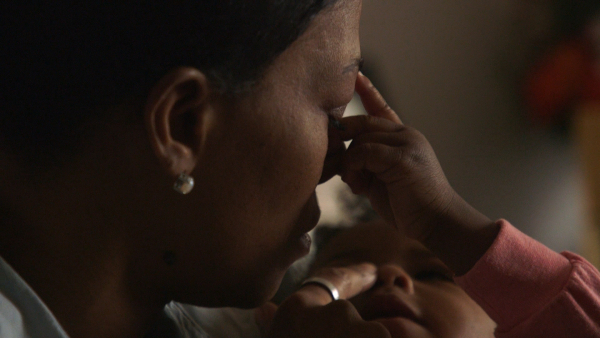
When we began filming in Columbus in December 2019, we divided our time between conducting long interviews with surviving family members and documenting the city and its landscape, which included returning to the site where each victim was killed. What was still missing was the community organizing, witnessing how people came together in the city around this issue. We were also filming during winter months, so we knew that protest activity would be low.
The third day of our first shoot was, by chance, the first anniversary of the death of Julius Tate, Jr., whose family we hadn’t been introduced to yet. That day, after we’d wrapped, we got a message that Julius’ family had agreed to have us present that night to film a vigil to commemorate Julius. We had to go. But we weren’t sure we would have the time and space to earn the family’s trust before arriving with a camera.
We deliberated on whether it felt appropriate to film a family’s grief without first meeting them in a private, more controlled and hopefully safer environment. We also didn’t fully know what we were walking into. Just as police killings are unexpected – even if, by this point, common in Columbus – now we were invited into the other side of that, witnessing how a community responds and how a family reacts. We had to trust and lean on our crew’s ethos around care, consent and safety.
At first, people gathered slowly at the vigil over the course of a few hours. We watched a local news crew who stood around impatiently. It was bone-chillingly cold. One of our audio recorders froze in Ingrid’s hand. As the sun set, a crowd of a few dozen people assembled around the light pole near where the Tate family believed Julius took his last breaths. Julius’ sister read a poem she wrote for her brother, in which she said no one was going to hear her, that no one was going to know what was happening that night.
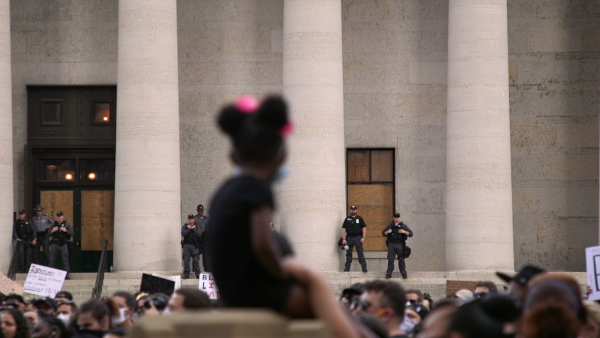
We waited until the vigil had ended before asking anything of the family. We exchanged just a few words, introducing ourselves, letting them know we were the ones they had said could come.
The next time we came to Columbus, a few weeks later, the Tate family welcomed us into their home without a camera. We sat on the floor with his mother, Jamita Malone, for hours hearing every detail she wanted to share, her frustrations, most of all. And we came back a third time with a camera and our full crew. Julius’ family filled the house around us.
That was our last planned shoot in Columbus. We wrapped up filming in February 2020 and both of us returned to Brooklyn. A few weeks later, the lockdown was announced. Now we were trying to figure out a way we could co-edit the film remotely (even though we were in the same city). Simultaneously, the deaths of George Floyd and Breonna Taylor made national and international news and protests were erupting all around us. Our producer Ruun Nuur was living in Columbus. In weekly team meetings, Ruun gave us dispatches on what was unfolding: she had never seen so many people take over the streets of downtown Columbus, particularly in response to police brutality. She urged us to come back to see this and film it. Even though we thought we were done.
We had to debate whether documenting the protests in Columbus was valuable to the story we had already gathered, one of grief and seeking connection. Ruun was telling us that the local organizers we had interviewed were now planning demonstrations with the families, and that the families were taking part in their own emergent protests with the intention of centering the names of their loved one, alongside George Floyd and Breonna Taylor. There would be risks involved, principally attending weeks of protests during a pre-vaccine pandemic and the possibility of getting arrested by the ruthless Columbus police. However, with the support of our production partner, Field of Vision, Ingrid returned to Columbus and Melissa coordinated reporting and legal support from Brooklyn.
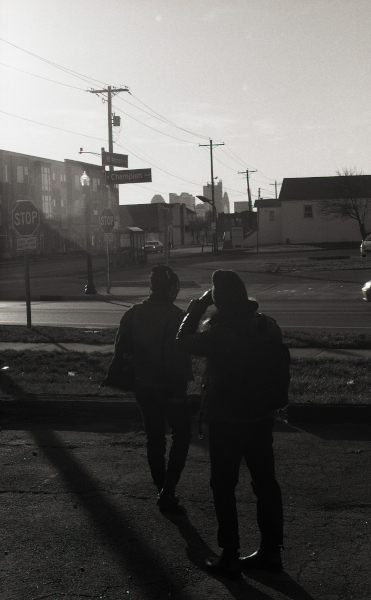
We are thankful for our producer’s push to consider us going back to Columbus, to prolong our production period and be part of something seismic and important. This return to Columbus accounts for the last few moments of the film and it provides a peek into what forms of accountability building around a collective anger toward injustice in Columbus could both look and feel like. Though there were several risks, many protesters were also taking those risks: joining them in the capacity of documenting this moment with the local families at the core of this outweighed the risks.
We knew Columbus police would go on killing people all throughout the production of our film and that we had to find an endpoint independent of that. We knew the families’ stories were going to keep going without us. We didn’t know that the isolation the families had felt, the sense they had been ignored by their own city, was going to break and so publicly.
The families were in attendance at most protests and spoke to hundreds. Adrienne Hood, Henry Green’s mother, reminded the community at one rally that there were so many other names that weren’t being called out alongside George Floyd’s, all the people who were killed right there in Columbus. This was a shared sentiment among the other families who urged folks locally to do their own research on what the Columbus police had done in their own community: that each summer undercover Columbus police targeted Black and immigrant neighborhoods; and as of that summer, police had killed dozens of people in Columbus and almost all the time faced no consequences. (As of this writing, according to the watchdog group Police Scorecard, between 2013 and 2021, CPD have killed 48 people – a higher rate than 99% of police departments in the United States.)
As a director on the ground, Ingrid’s job was to connect with the families and organizers and get consent to film them where they were organizing demonstrations, and also capture different angles of the Columbus protests, like cars “marching” down streets, with folks riding on top with their signs. The uprising was national, but these moments are very much localized – and we’re curious if these sightings are similar to those in another city because we know that police killings and demonstrations aren’t specific to an Ohio landscape, but a deep American reality.
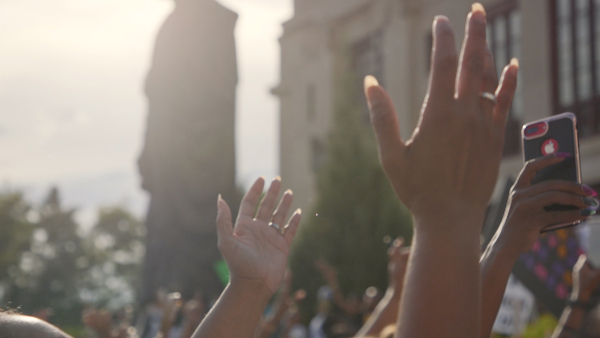
All the places in Columbus we had already been that winter when they were silent and empty – the courthouse, the police station, city hall, the statehouse – were now filled with people and echoing with protest, including the voices of the families we had gotten to know so intimately. This historic summer uprising now closes the film. It invites the viewer to experience the kind of resolution we otherwise wouldn’t have had to offer: just as the cycle of police violence was ongoing, there wouldn’t be an end to this story until we had been offered a glimpse of what a new world looks like, through the eyes and voices of the mothers and sister involved in this film. They each invite you into their process, their grief and their visions of justice.
They Won’t Call It Murder doesn’t offer a clean answer as to what justice is. Adrienne Hood worked through the courts seeking acknowledgment of Columbus police wrongdoing; after six years and two trials, a jury found in favor of the police, and she has decided not to appeal. The King family also brought a suit against the Columbus police, challenging their version of events; they are scheduled to return to court next year. There will be a second murder trial for the death of Donna Dalton after the first ended in a mistrial this year. The Tate family needs financial support in pursuing their own case (their cashapp is $JujuMia and their Zelle is [email protected]). We share all this, because people often ask us where the families are at now in their process; the legal process, though, is just one part of that. From what we saw and what they shared with us, the system that took their loved ones is not constructed to offer justice in return.



